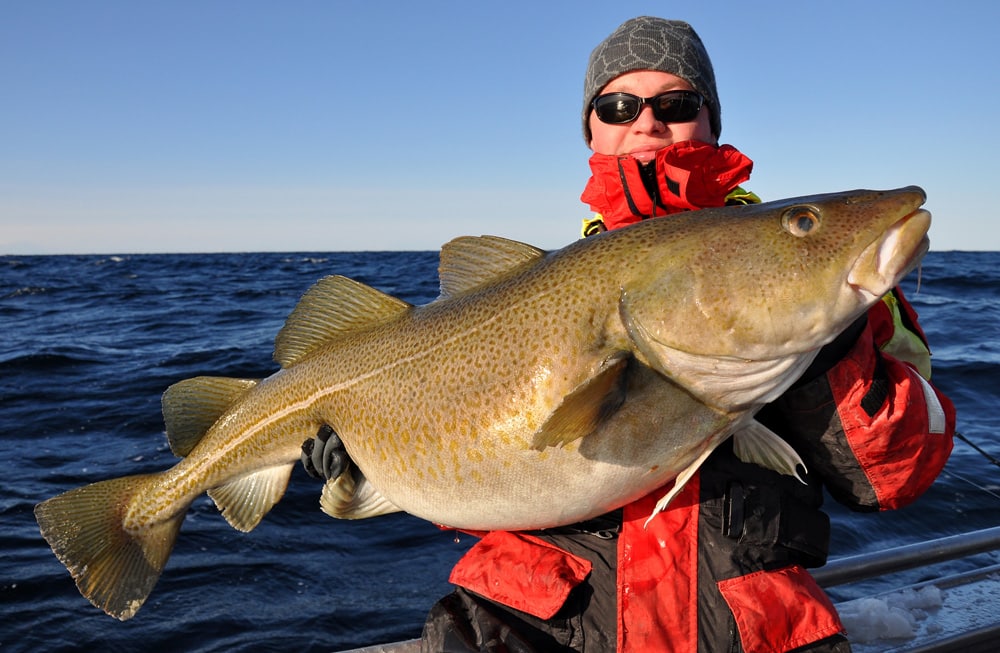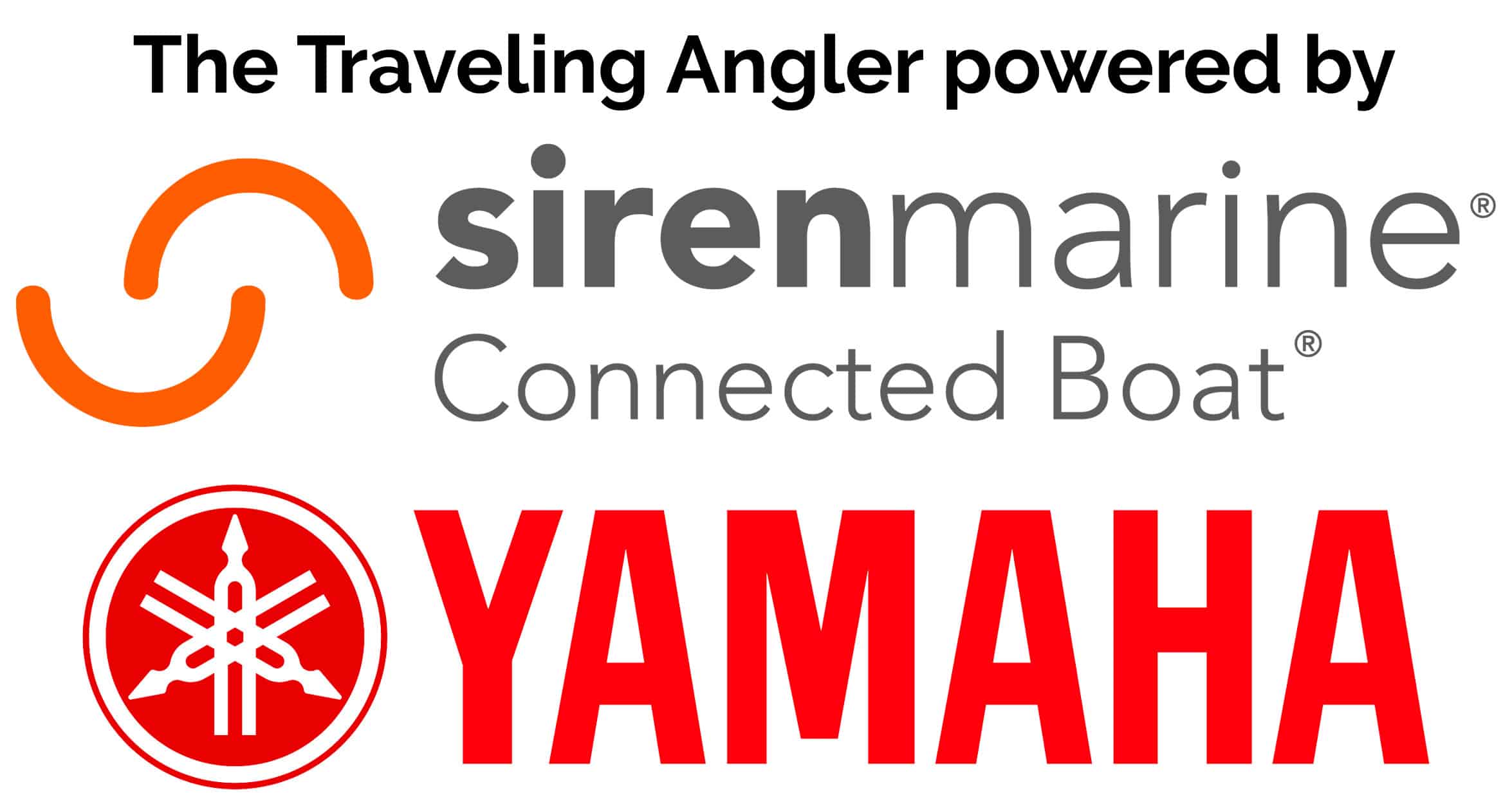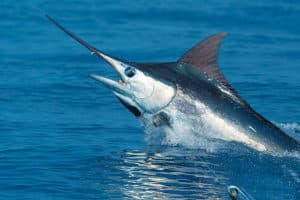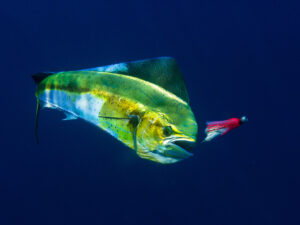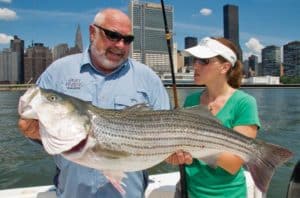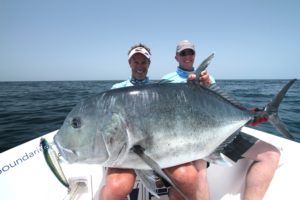I’ve fished in many different conditions and countries, but this time I questioned my sanity. We were headed to the Arctic Circle in mid-March to target world-record-size cod.
There we’d face cold so bitter that salt water would freeze quickly to our clothing, braided line, reels, rods, boat and just about anything else the salt spray touched. Even the fish would freeze if we removed them from the water for long.
But the biggest obstacles are the massive waves and turbulent seas miles offshore. Smaller cod are available closer to the harbors, but giant females require a run far out to sea. Winter winds are reliably strong and constant, yet can still double in intensity without notice. If you were ever to fall into the water, hope that your flotation suit allows enough time for your friends to find you among the waves.
These are some of the most extreme sport‑fishing conditions one can experience. Check out the gallery above to experience this incredible wintertime fishery!
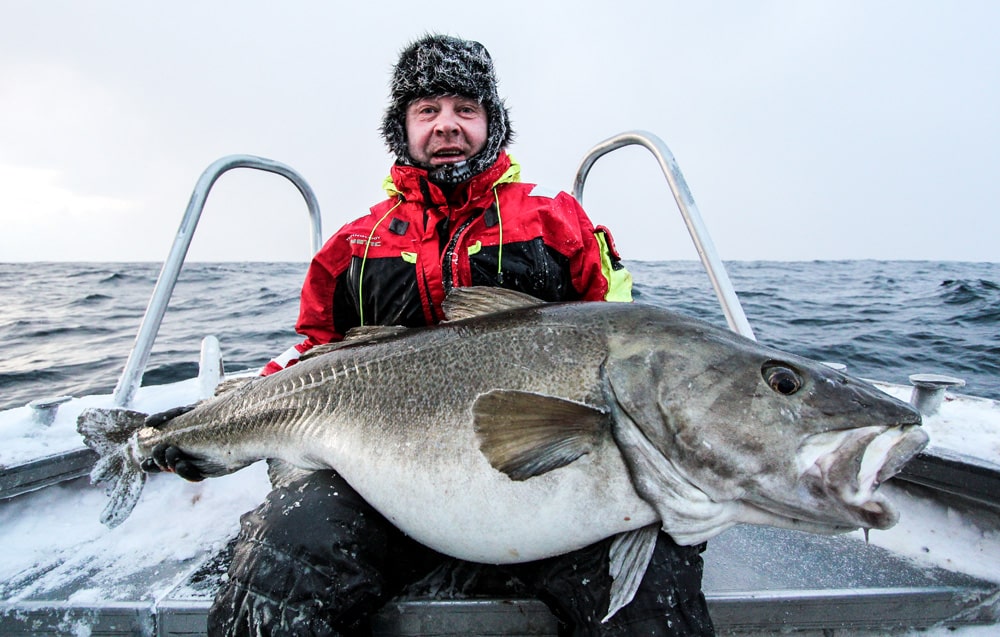
The Colossal Cod of Sørøya
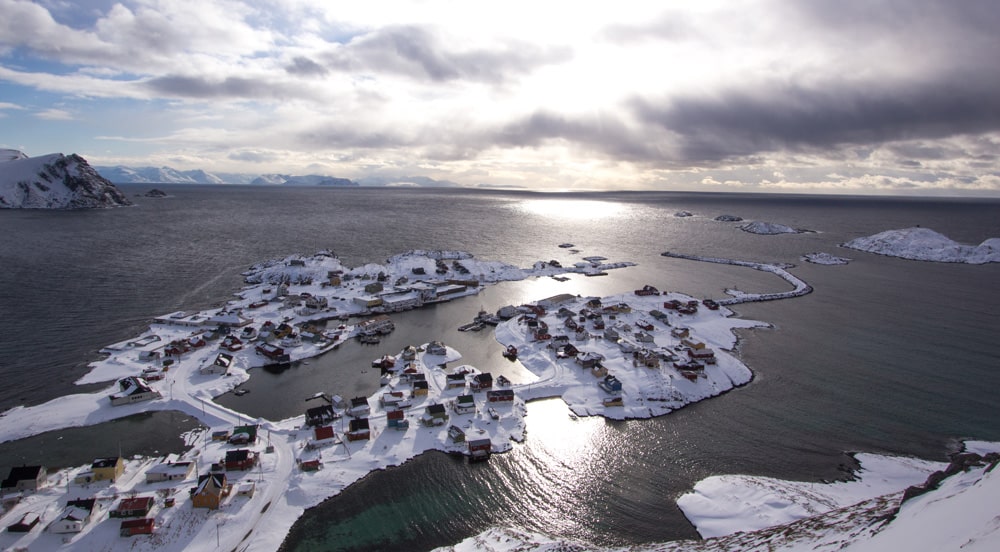
Getting There
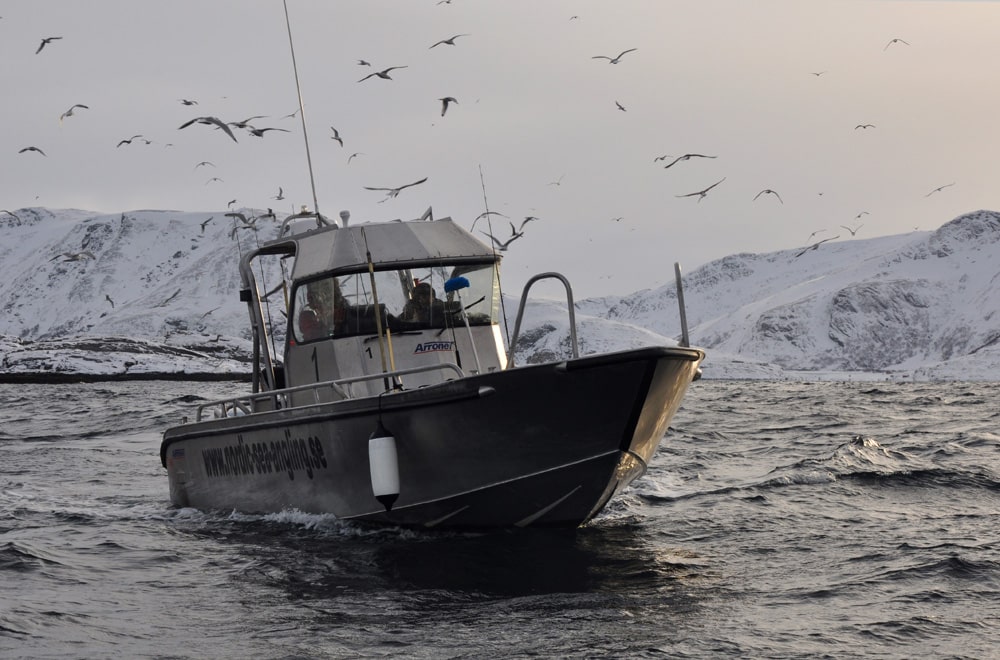
The Colossal Cod of Sørøya
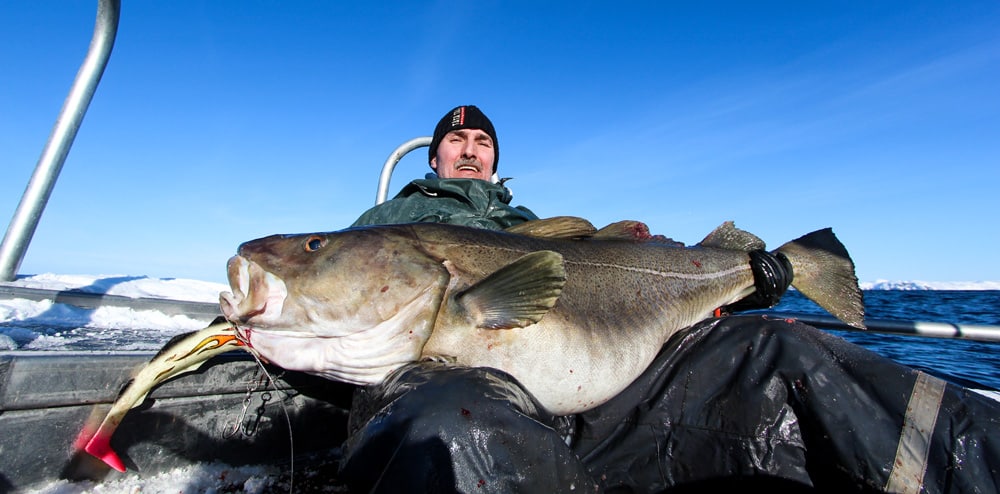
The Colossal Cod of Sørøya
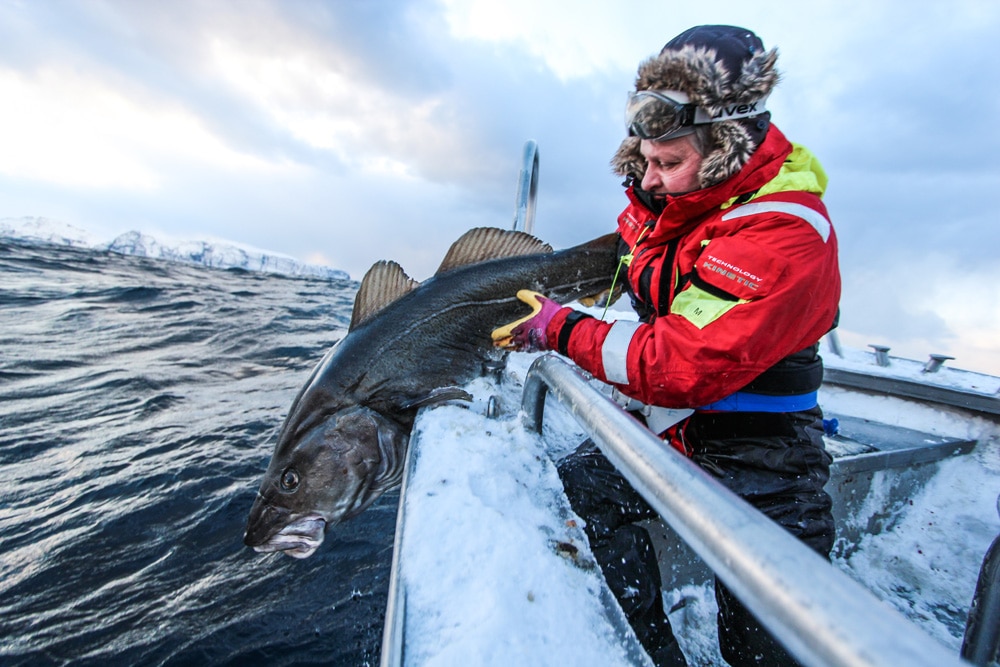
The Colossal Cod of Sørøya
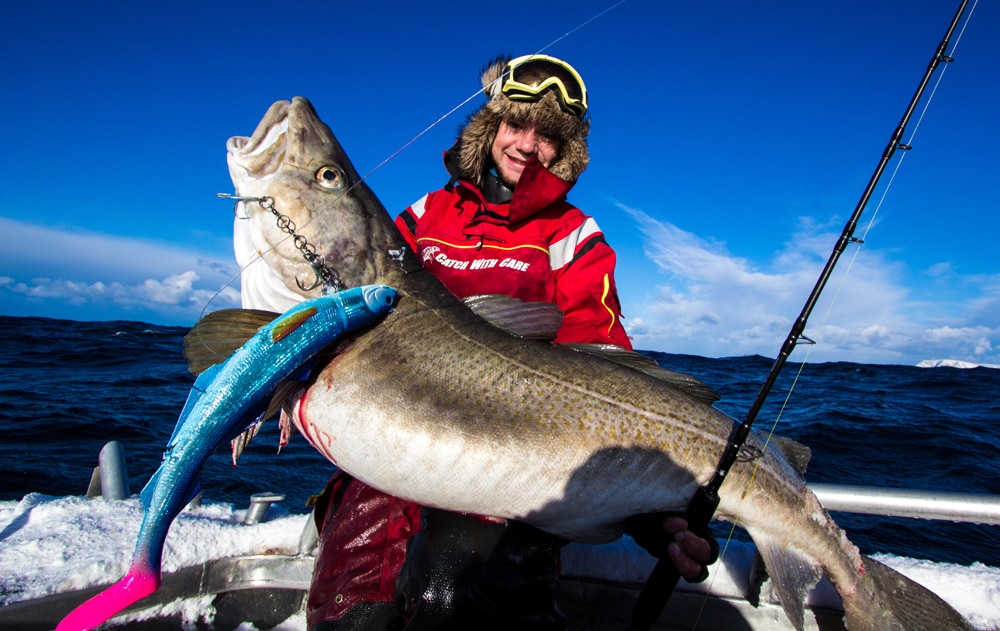
The Colossal Cod of Sørøya
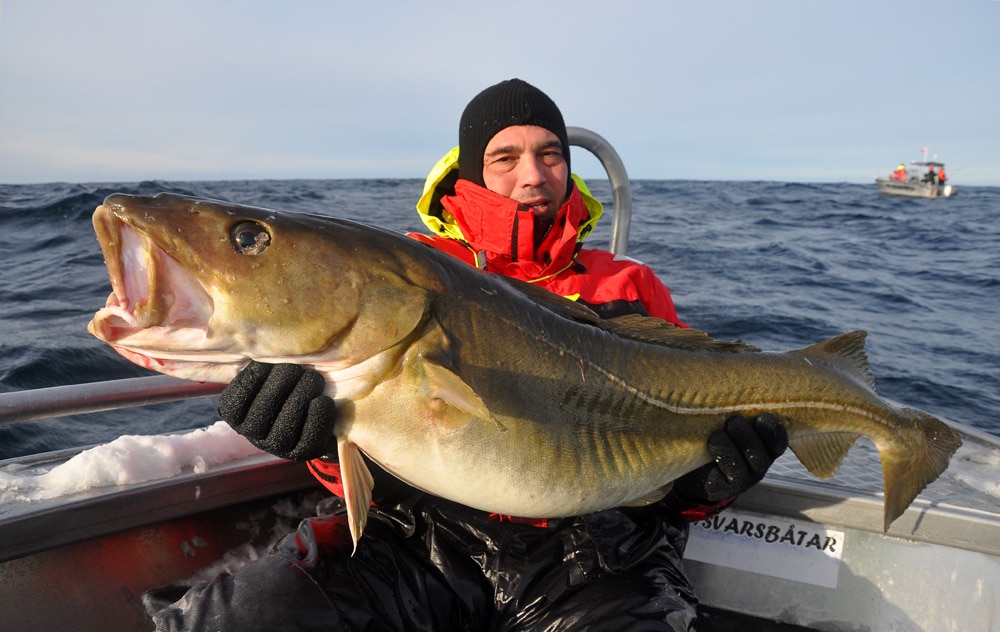
The Colossal Cod of Sørøya
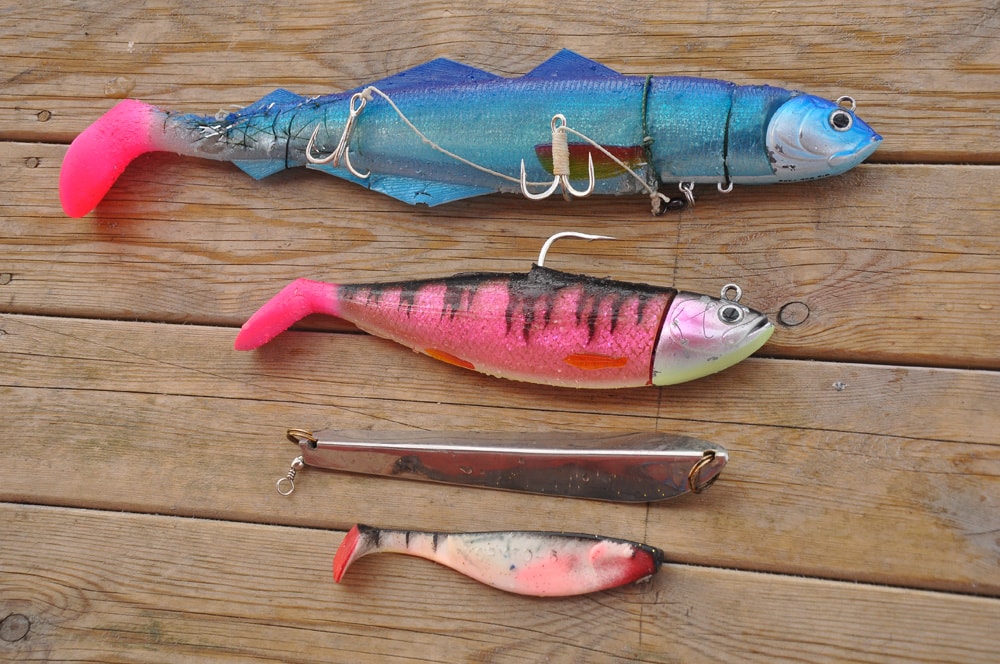
The Colossal Cod of Sørøya
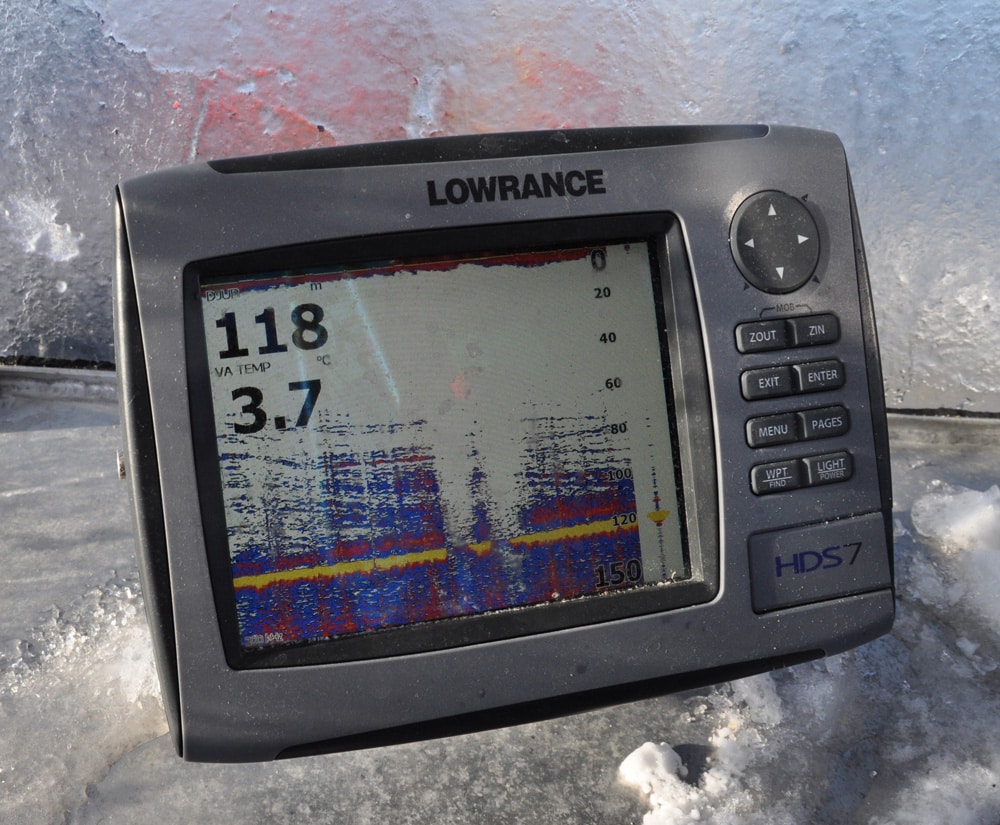
The Colossal Cod of Sørøya
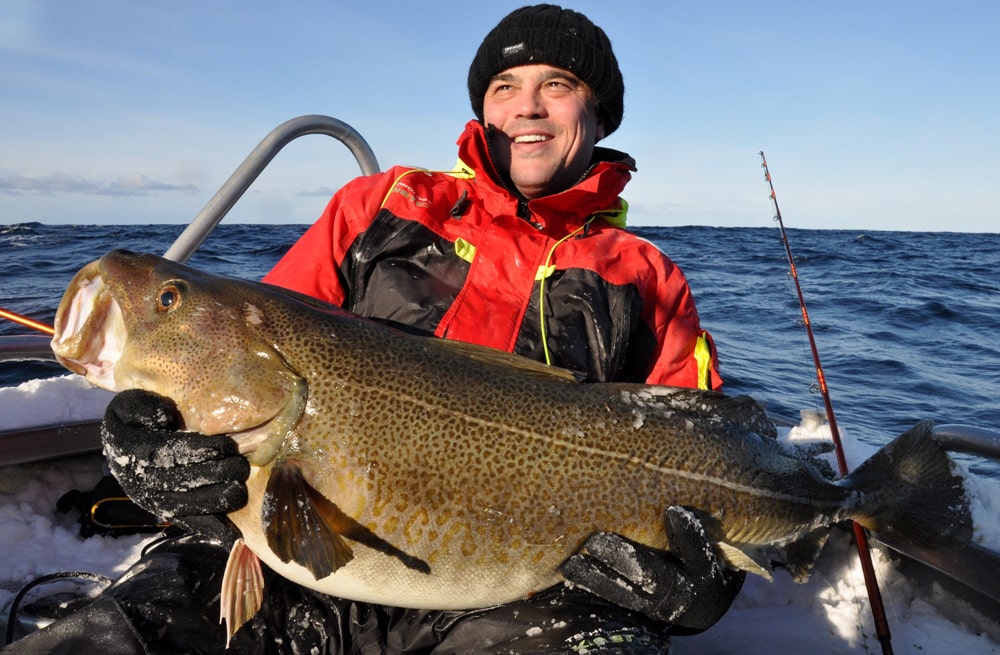
Sign of the Aurora
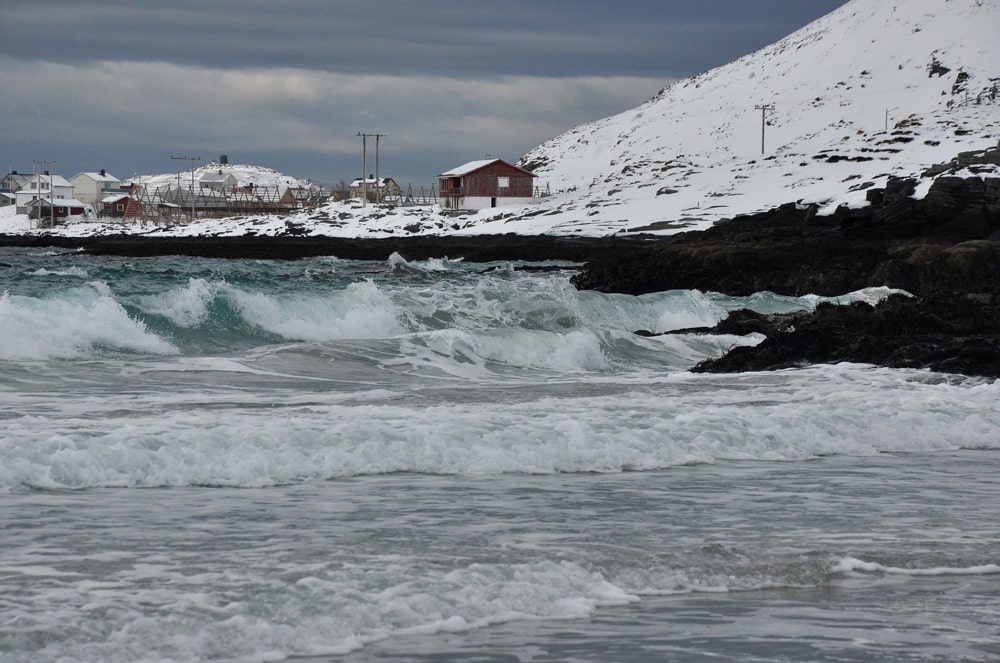
The Colossal Cod of Sørøya
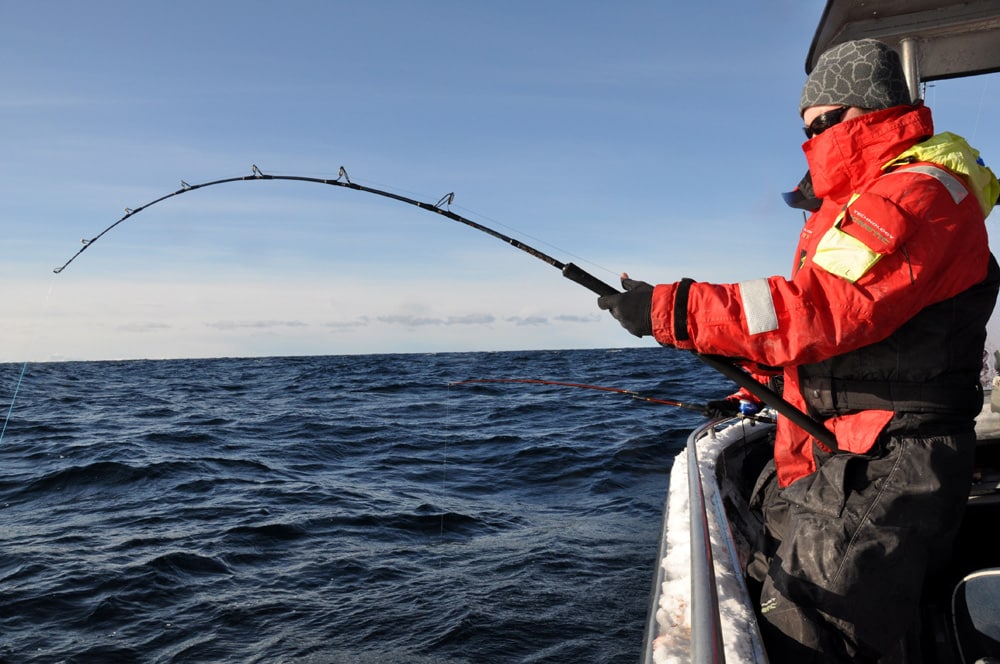
The Colossal Cod of Sørøya
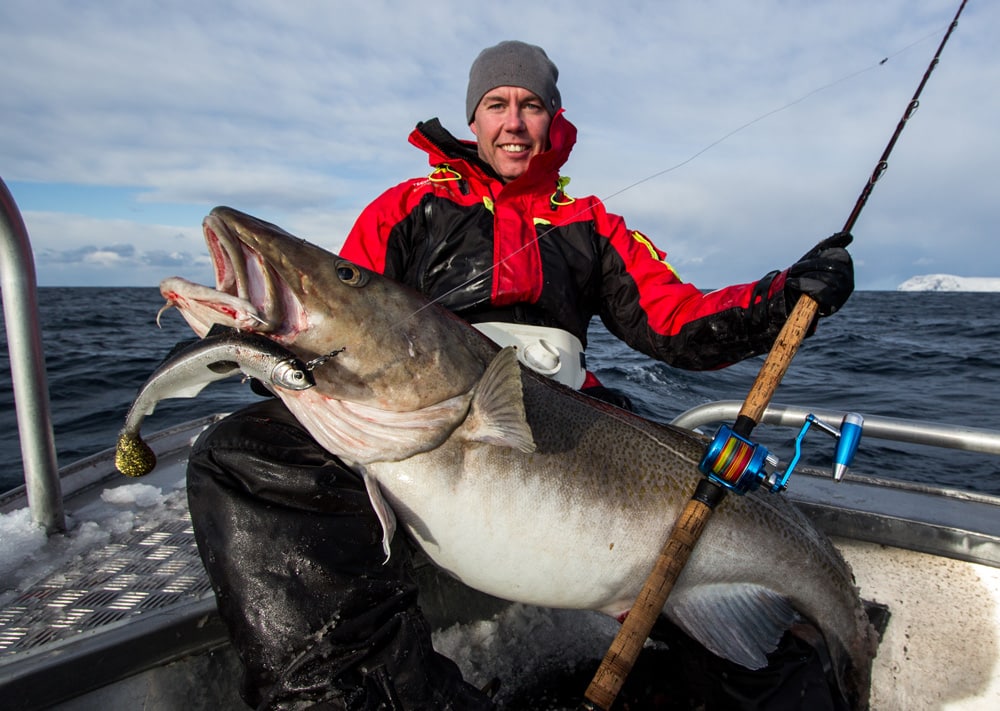
The Colossal Cod of Sørøya
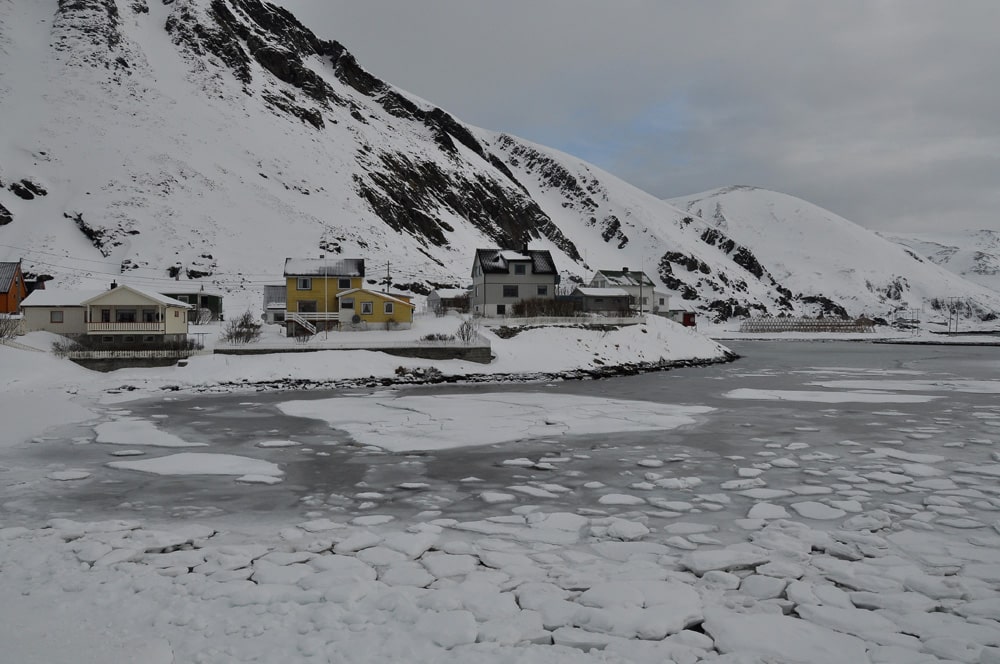
Prepare for Sørøya
